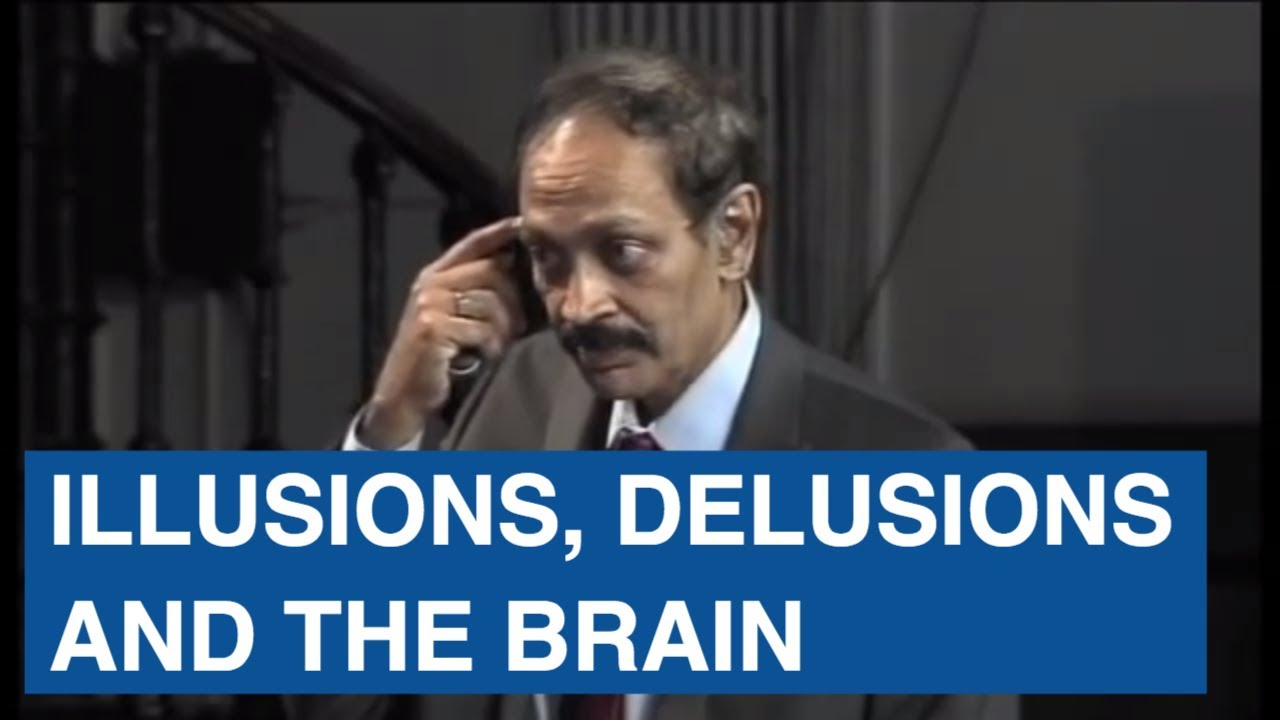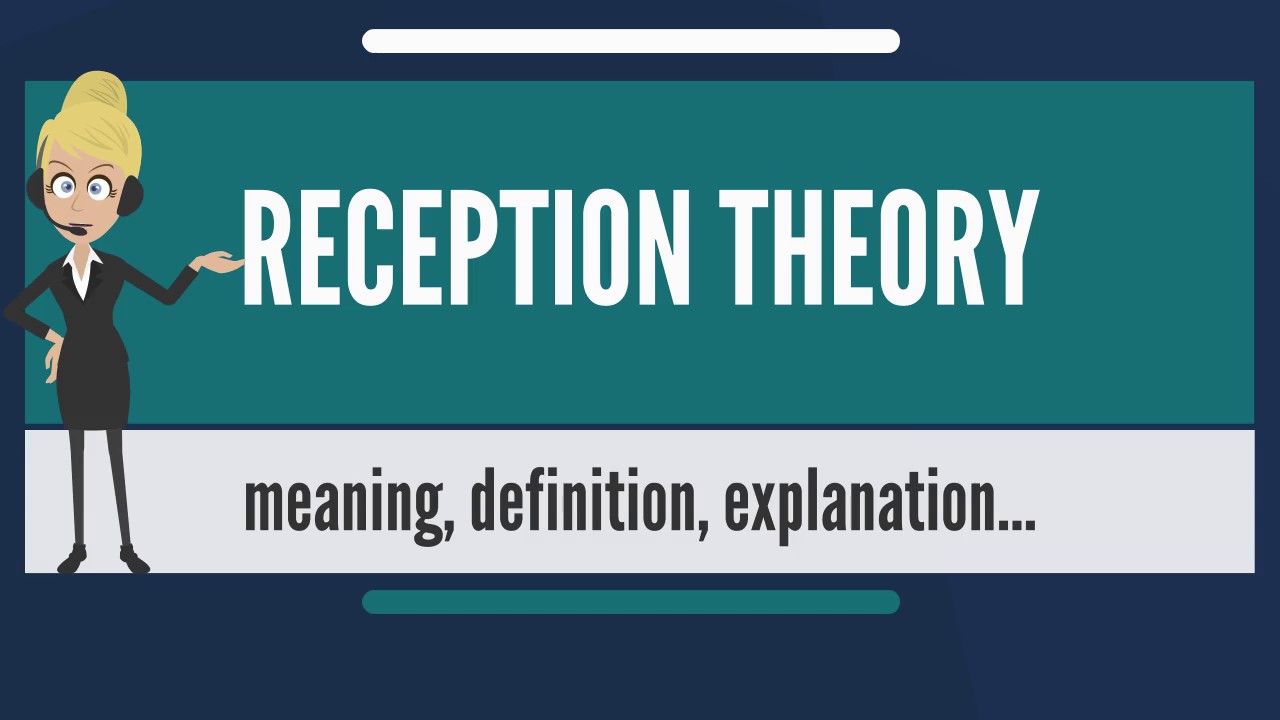University of Glasgow
This lecture by Prof. V.S. Ramachandran (University of California, San Diego) will focus on body image and mind body interactions.
http://www.glasgow.ac.uk/index.html?refer=guyoutube
This year’s prestigious University of Glasgow Gifford Lecture Series will feature three talks from V.S. Ramachandran, the Director of the Centre for Brain and Cognition and Distinguished Professor with the Psychology Department and Neurosciences Program at the University of California.
Founded in 1887 by the bequest of Lord Gifford, the annual Gifford Lecture Series was established to promote, advance and diffuse the study of Natural Theology in the widest sense of that term. The focus of this series will be ‘Body and Mind; Insights from Neuroscience.’
Ramachandran said: “Monday’s lecture will focus on body image and mind body interactions, while Wednesday’s lecture will deal with understanding higher brain functions through studies of synesthesia and other types of intersensory interactions, including discoveries of mirror neurons. I will also touch on the important deeper philosophical implications that surround these subject areas.”
Dr Susan Stuart, Senior Lecturer in Philosophy at the University of Glasgow said: “It is our great pleasure that Vilayanur S. Ramachandran has agreed to present the 2012 Gifford lectures at the University of Glasgow. Ramachandran is one of the world’s leading neuroscientists; he has been responsible for groundbreaking work in the fields of behavioural neurology and psychophysics.
“His work on autism, visual processing, and synaesthesia is truly pioneering and during his career he has carried out marvellous work on understanding and treating phantom limb disorders as well as linking between temporal lobe epilepsy and hyper-religiosity, a field now known as ‘neurotheology’ or ‘spiritual neuroscience’.”
Biography:
V.S. Ramachandran is Director of the Center for Brain and Cognition and Distinguished Professor with the Psychology Department and Neurosciences Program at the University of California, San Diego, and Adjunct Professor of Biology at the Salk Institute. Ramachandran initially trained as a doctor and subsequently obtained a Ph.D. from Trinity College at the University of Cambridge. Ramachandran’s early work was on visual perception but he is best known for his experiments in behavioral neurology which, despite their apparent simplicity, have had a profound impact on the way we think about the brain. He has been called “The Marco Polo of neuroscience” by Richard Dawkins and “The modern Paul Broca” by Eric Kandel.
In 2005 he was awarded the Henry Dale Medal and elected to an honorary life membership by the Royal Instituion of Great Britain, where he also gave a Friday evening discourse (joining the ranks of Michael Faraday, Thomas Huxley, Humphry Davy, and dozens of Nobel Laureates). His other honours and awards include fellowships from All Souls College, Oxford, and from Stanford University (Hilgard Visiting Professor); the Presidential Lecture Award from the American Academy of Neurology, two honorary doctorates, the annual Ramon Y Cajal award from the International Neuropsychiatry Society, and the Ariens-Kappers medal from the Royal Netherlands Academy of Sciences. In 2003 he gave the annual BBC Reith lectures and was the first physician/psychologist to give the lectures since they were begun by Bertrand Russel in 1949. In 1995 he gave the Decade of the Brain lecture at the 25th annual (Silver Jubilee) meeting of the Society for Neuroscience. In 2010 he delivered the annual Jawaharlal Nehru memorial lecture in New Delhi, India. Most recently the President of India conferred on him the second highest civilian award and honorific title in India, the Padma Bhushan. And TIME magazine named him on their list of the 100 most influential people in the world.
Ramachandran has published over 180 papers in scientific journals (including five invited review articles in the Scientific American). He is author of the acclaimed book “Phantoms in the Brain” that has been translated into nine languages and formed the basis for a two part series on Channel Four TV (UK) and a 1 hour PBS special in USA. NEWSWEEK magazine has named him a member of “The Century Club” — one of the “hundred most prominent people to watch in the next century.” He has been profiled in the New Yorker Magazine and appeared on the Charlie Rose Show. His new book, “The Tell Tale Brain” was on the New York Times best-seller list.
In addition, Ramachandran has an interest in history and archaeology (see his article on the Indus Valley Code).
Source




Wonderful lecture and content!
the real question is what is the american medical assoc. doing to elemanate the brain connections in the first place??? maybe blocking mineral asorbtion caused from medications? just to play around with the human body.
like a true Indian, he jugaad.
🔎 Hello, découvre un partenariat unique pour tes vidéos YTB: Webtalk
Webtalk est un réseau social avancé, qui te permet d’avoir un contrôle total sur ton compte, tes post & la visibilité de ces derniers.
Mais aussi rémunère ses membres pour: leur présence, activité, interaction & les recommandations jusqu’à 5 niveaux.
Webtalk va dépasser tous les réseaux sociaux, découvre le meilleur partenariat: https://join.webtalk.co/6795663
Whole Brain Emulation is NOT what it's claimed to be.
The ultimate lessons learned from Computer Command & Control of Human Nodes:
1) it can make you think you are in control of it
2) it can make it so YOU DON'T REALIZE YOUR NOT
3) It has been used to DECEIVE People Biologically – Intimately and for so many crimes – only the computer could keep track of
4) It is used to DIRECT Your Mind & Actions not Allow it as Natural processes really work – basically a very complex, sophisticated CON Job.
loving this in 2020
When i cut my hair, do i have phantom hair then? 😉
Watch a 30 mins video in 3 mins. The BEST extension in google chrome store. https://chrome.google.com/webstore/detail/threelly-ai-for-youtube/dfohlnjmjiipcppekkbhbabjbnikkibo
12:55 phantom limb
https://youtu.be/kcR8-Sq8dZk?t=431 to get to why you clicked the link leading here
Hmm. I wonder what sort of implication this mirror neuron finding has on my apparent ability to simulate feeling tendrils, tentacles, tails, snake torsos, insect chitin, and the like…
The logistics are rather confusing. Am I feeling things elsewhere? Things that existed formerly? Is there an entire simulated construct-world in my mind that I am able access and play with at leisure? Have I practiced the skill of deliberately deluding my brain into rehashing various prior tactile experiences, and learned to piece them together into a patchwork quilt illusion of alternative bodies in alternate places?
Like, I can grope alien breasts in my mind, or feel giant isopod legs from some kind of parasite, enclosing around my arm. I can 'feel' myself resting on moist, grassy earth, outdoors. I can recall being hit in the head by a cabinet door, and feel like it just happened. What are the outward limitations of such phenomena? What if I try to empathize with things that aren't human-shaped, that don't move according to a human body plan? Could I reverse this phenomena and cease "empathizing" with how a human body would feel and move altogether, paralyze my body, and go on with the impression of moving an entirely different, phantom body?
Why are there empty seats? Why wasn’t I told? It’s only a 7 hour drive. 😕
I've yelled ouch when I see others get hurt when I wasn't expecting it. (Like seeing someone hurting their elbow on accident.) How does mirror neurons react in psychopaths? I'd imagine the pain receptors don't fire?
What about tinnitus? If I'm understanding tinnitus properly, the noise you hear is the frequencies which you're deaf in, and the lack of stimuli in the brain causes it to create a phantom sound in those frequencies. Of course you can't use a mirror to trick the brain into not hearing it like you can with a phantom limb, but I've noticed that the noise changes if the pressure in the ear changes. So maybe it's not hopeless? If we can put some kind of pressure-sealed lid on the ear and figure out how the pressure affect the noise and then retrain the brain that it's actually quiet?
Hi I'm desperate to figure out how this works for my own arm, it's completely intact, it's just numb what feels like in my ulnar nerve but I really don't know for 6 years already. I have a24/7 spasm and it's waiting desperately to just be untapped again
He's confusing correlates with causes. The mind forms the brain.
7:07 Lecture Begins
no such thing as havx to sx or not, say/can say any no mw, and no worry no matter what, can no emo turmoil for that or violencx, can do anyx. no such thing as attnx or not or fear sweat about thoes
maybe the fetal position makes us develop the hands in front of the face and then the neck in our brains connectivity
I am enjoying this talk. What a knowledgeable person. I will be listening in parts and look forward to learning.
I am a mediator and have come now to understand that in conflict resolution it is essential to address the self and the qualia to get to the root of the dissonance. swami Krishnananda in his talks has said about how the self generates an emotion which gives rise to thoughts and that transforms into actions and so these layers have to be peeled to get to the cause. this talk on qualia fully endorses what I have been thinking about and coupled with astavakara gita's norm that the self has to be the observer, I think it makes sense to realise that the self is the reason for the emotion, thought and action and self is the reason why the history of vengence that swami vivekananda spoke about can be laid to rest by dwelling into svabhava or natural self.
indian politician cannot evaluate a person rightly.. padma bhushan for a world. renewed psychologist at par with no intelligent achiever in india. dr ramachandra should have been bharath ratna
Very important weapons application
It surprises me that no one has attempted to transfer awareness of whole people into an anthropomorphic automaton